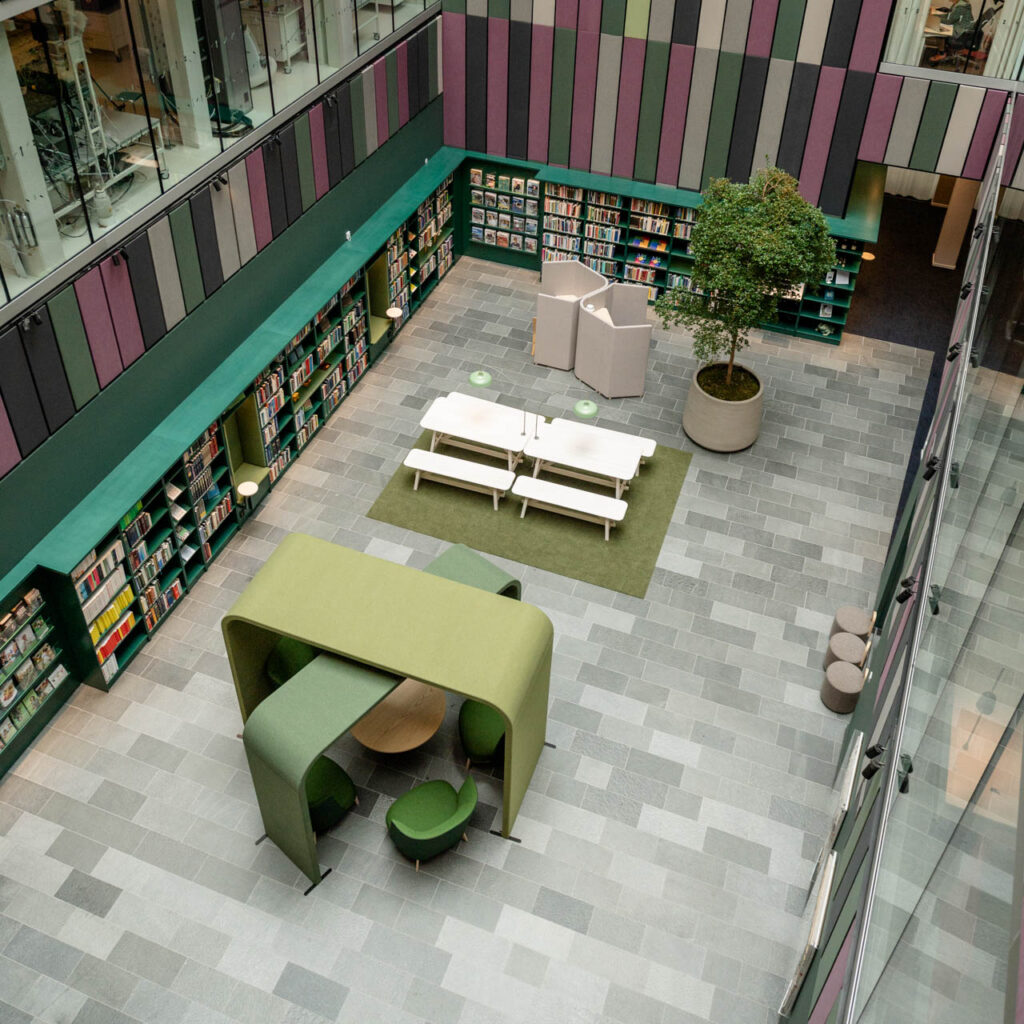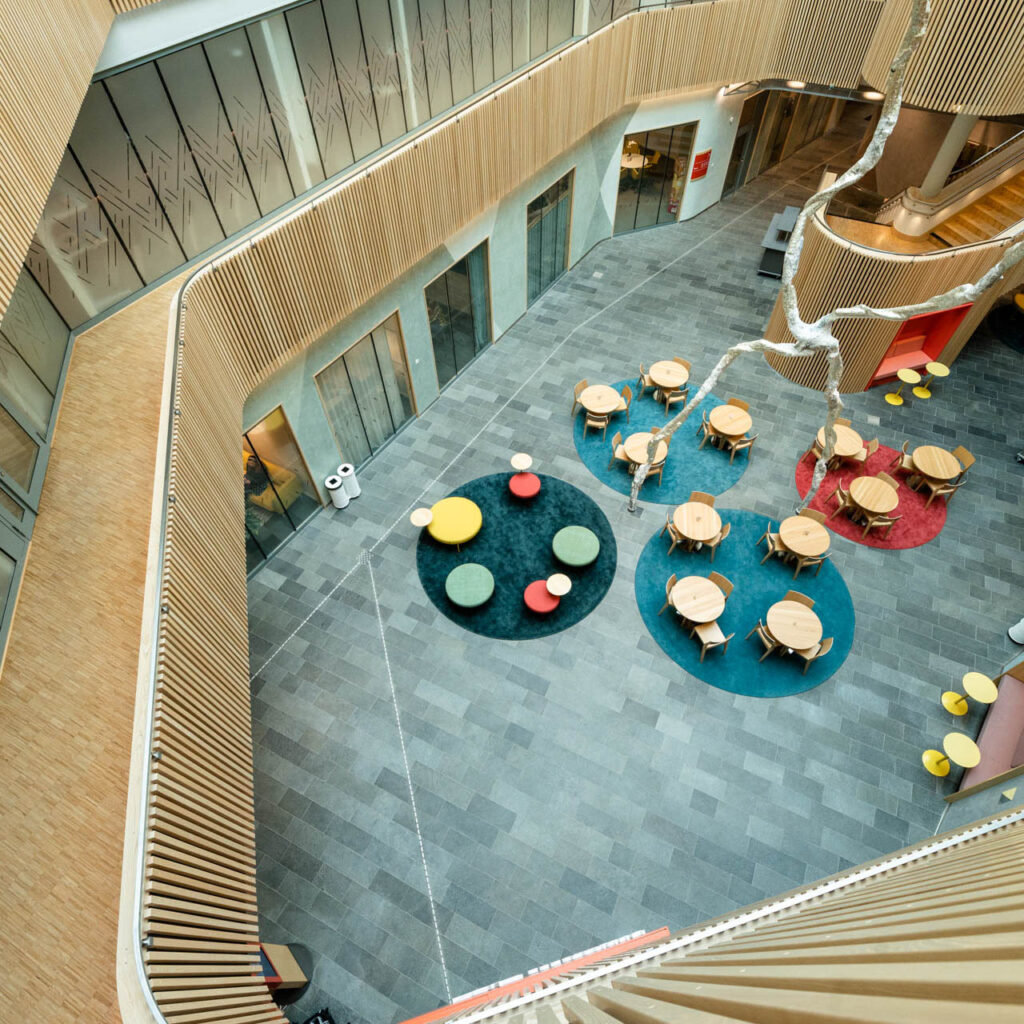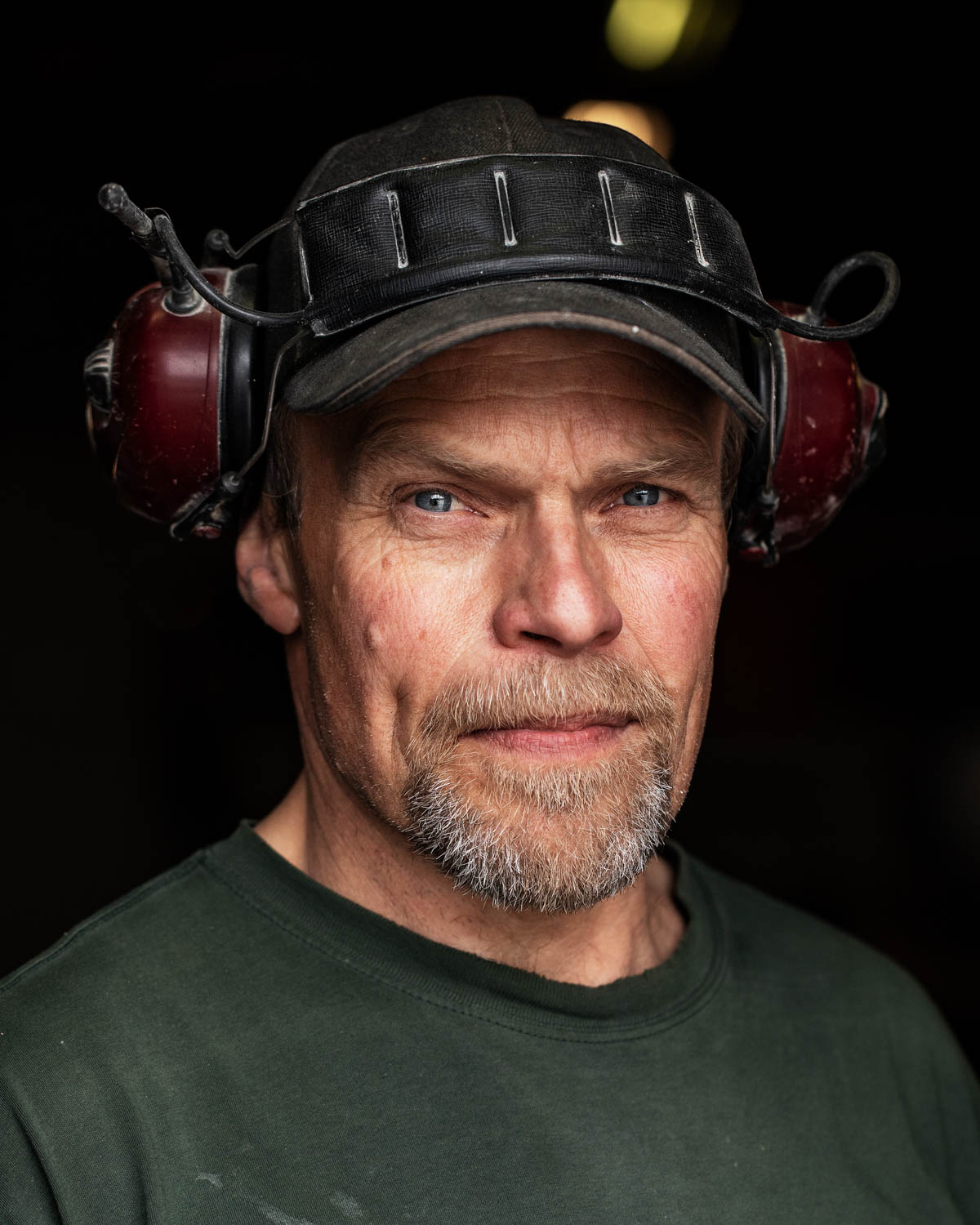For 650 million years, the Jämtland forest concealed a valuable secret. A large slate deposit in the rock between Rönnöfors and Finnsäter, close to the border between Norway and Sweden.
Once it saw light of day, it transpired that slate from Offerdal had a unique resilience and a very special ability to reflect light and colour - which surprises anyone who thought the Offerdal slate was just grey.
Being born and raised in Lien, about a mile north of Offerdal in Jämtland, Sweden, it’s almost a given that slate will become part of your life. At least it was for Bertil.
Read Bertil’s story
Day after day, year after year, thousands of humans have walked on Offerdal slate. It will remain there, beautiful and unaffected by heavy traffic, water, acid and climate change.
Offerdal slate is ideal for everything from floor and bathroom tiles to steps or swimming pools.
Want to create a little extra magic? Use it outdoors on the façade of the house and enjoy the sight when the slate shows how it can reflect colour and the play of light through different seasons and times of day.
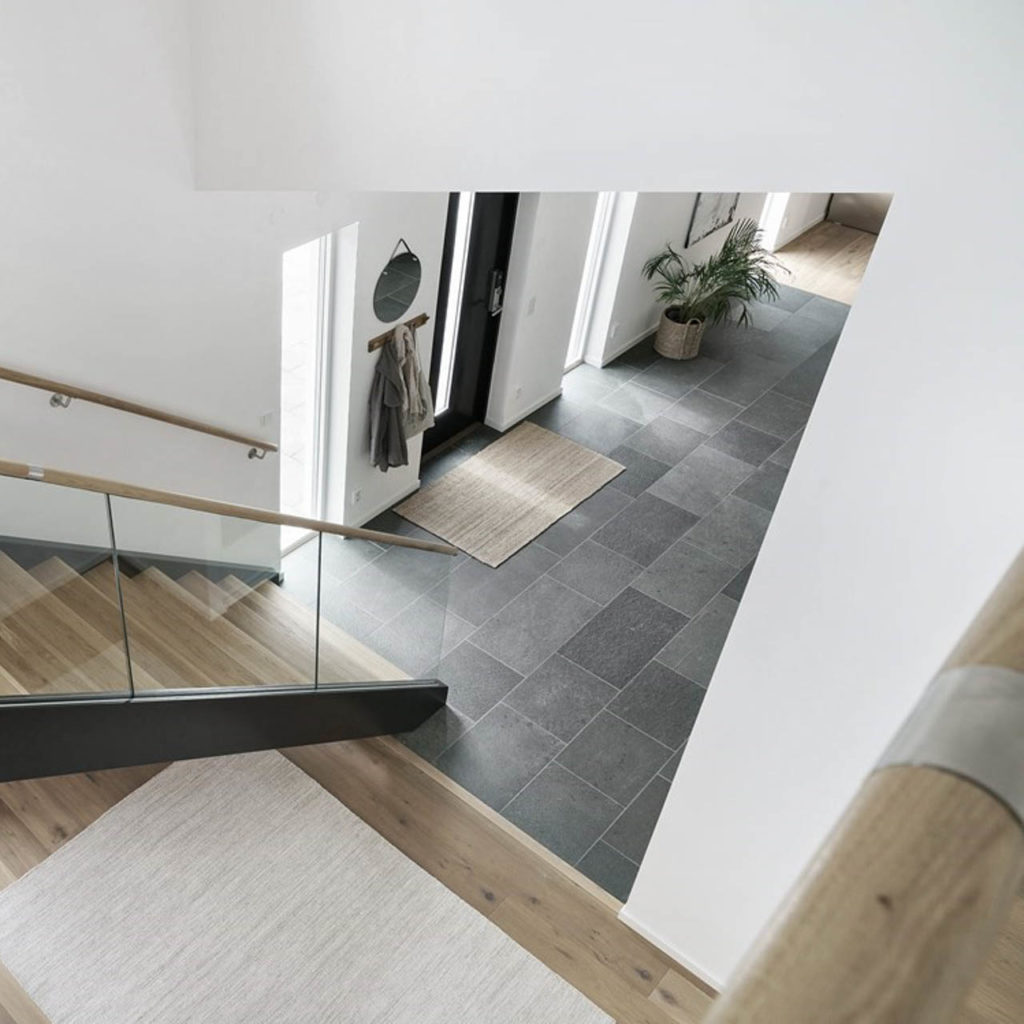

In Offerdal, the landscape is dominated by forests that recede into the distance and and crystal-clear lakes. But its slate, hard-won from the rock has given the locals a vital livelihood since the late 1940s.
Like Otta and Oppdal, the inhabitants of Offerdal are also keen to use their slate in the area close to the quarry. So Offerdal slate can continue to play an important role locally while saving the environment from the burden of a long transport route.
After 650 million years at one with nature, Offerdal slate has a strength and durability that impresses even the most hardy of us.
Offerdal slate is very suitable where other natural materials often fall short. Extreme loads such as heavy traffic, frost and climate change make no impression on this slate from Jämtland, which, despite its proven strength, remains beautiful to look at – and will continue to do so for many generations to come.
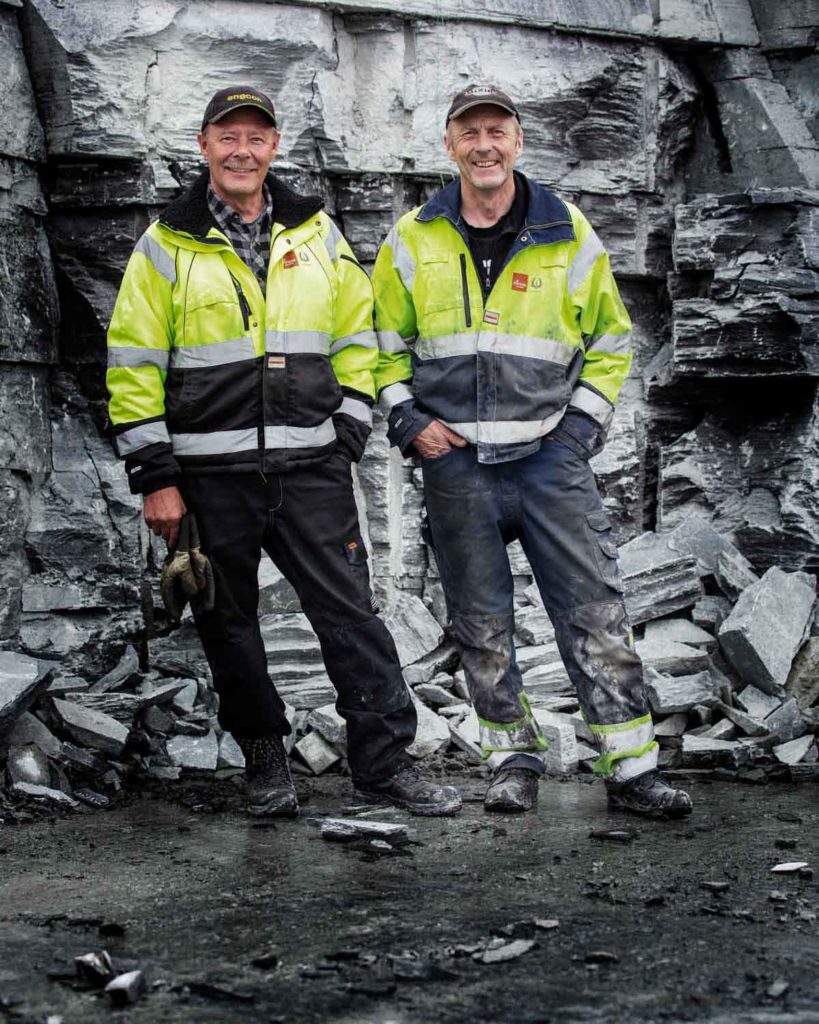
With the aim of achieving the goals of the Paris Agreement and the goals for climate neutrality, it’s important to choose materials with the lowest possible environmental impact.
That’s why Henning Larsen Architects chose Offerdal slate, based on its low environmental footprint, when they designed the new Nordea Bank headquarters in Copenhagen. This green prestige project was subsequently awarded the highest possible environmental certification: LEED Platinum.
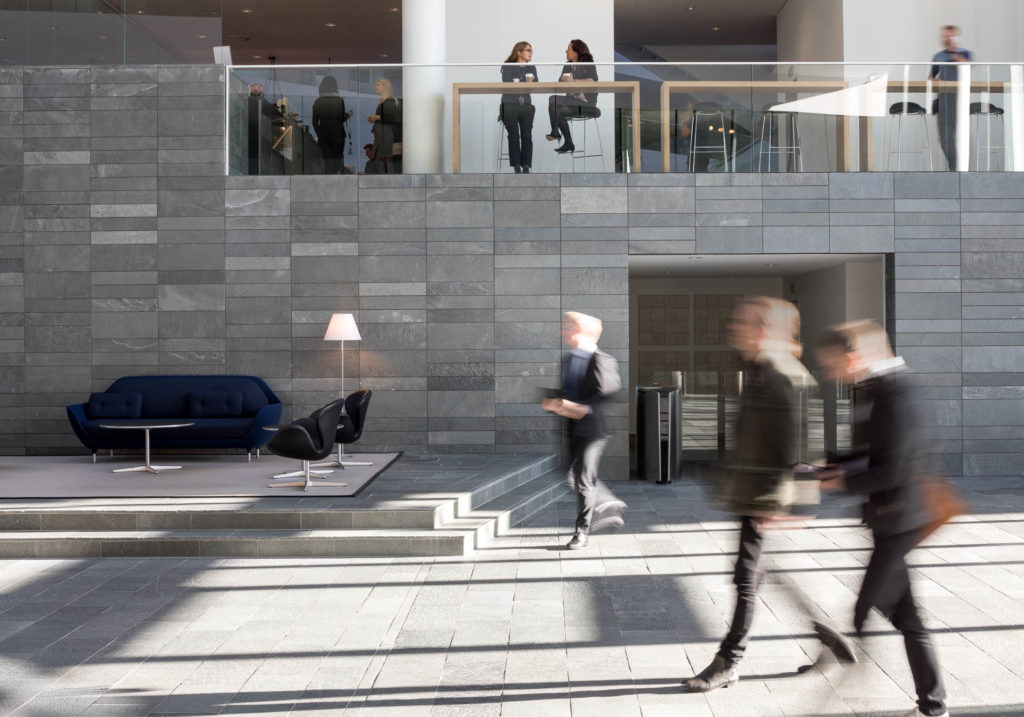

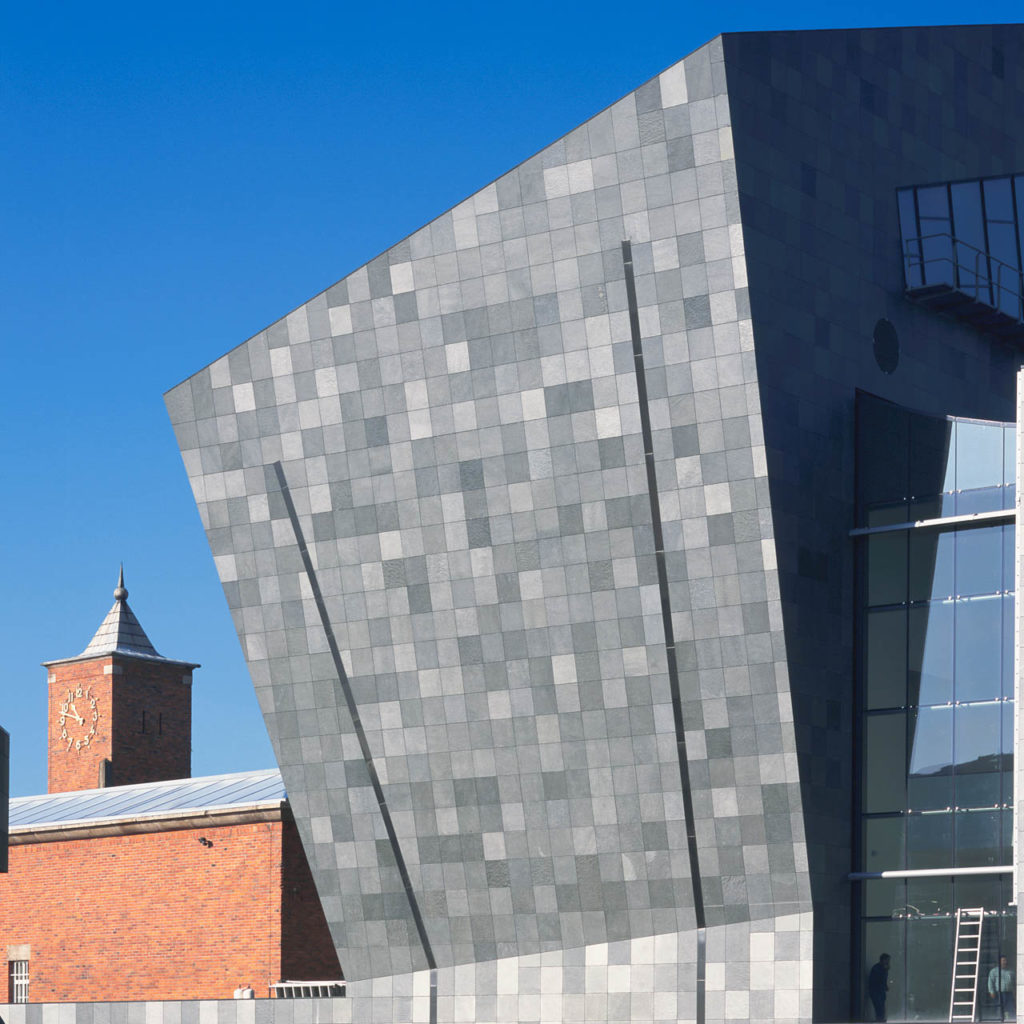
The façade of Offerdal slate at the Van Abbemuseum in the Netherlands is an impressive sight as it changes with the light throughout the day. The waved, light-reflecting surface of the Offerdal slate is a small work of art in its own right, which the artist Jeppe Hein highlighted in his sculpture “The Road to Silence”, which you can admire in the sculpture park at Kistefos Museum, Norway.
As humans, we are “grounded” in nature, and we like to surround ourselves with it. Slate is a living material that ages with dignity and gives warmth to any interior. Perhaps this is the reason that well-known wellness hotels such as Copperhill Mountain Lodge, Palanga Design and Spa Hotel and Falkenberg Strandbad have used Offerdal slate in various forms and in everything from bars and reception areas to pools, saunas and fireplaces?
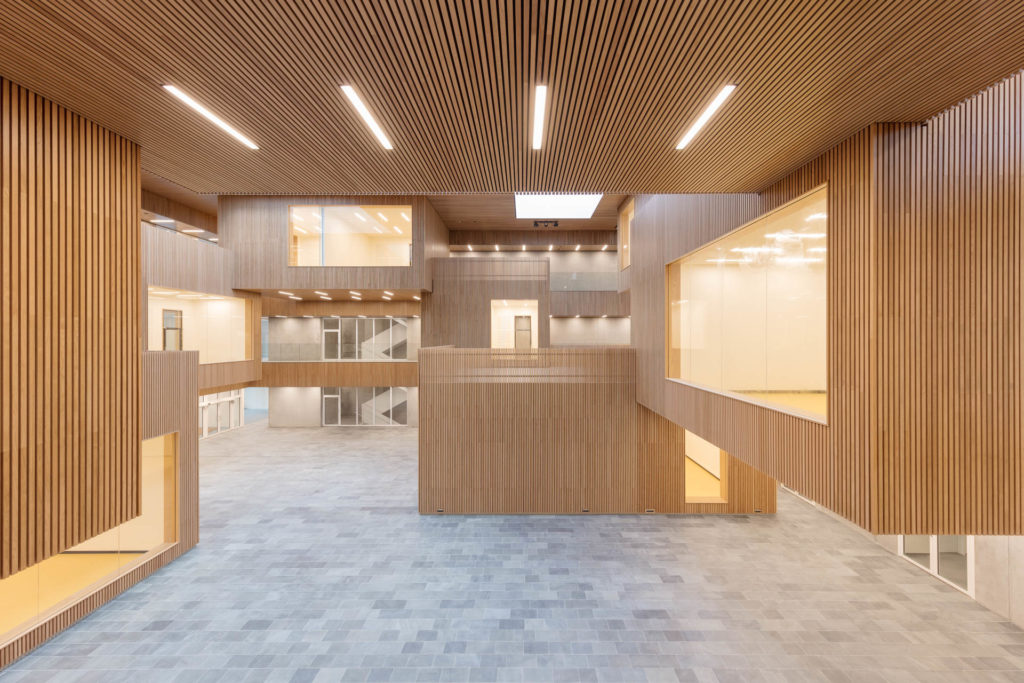
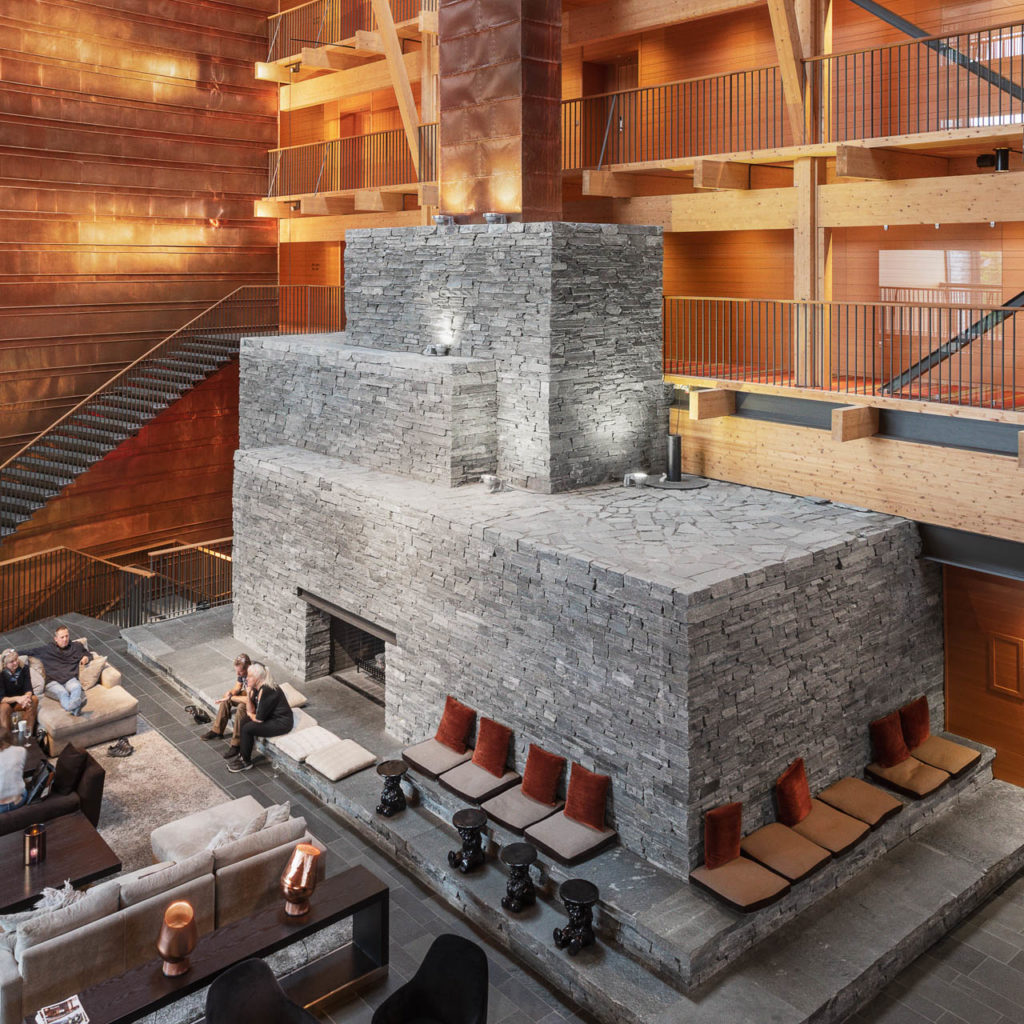
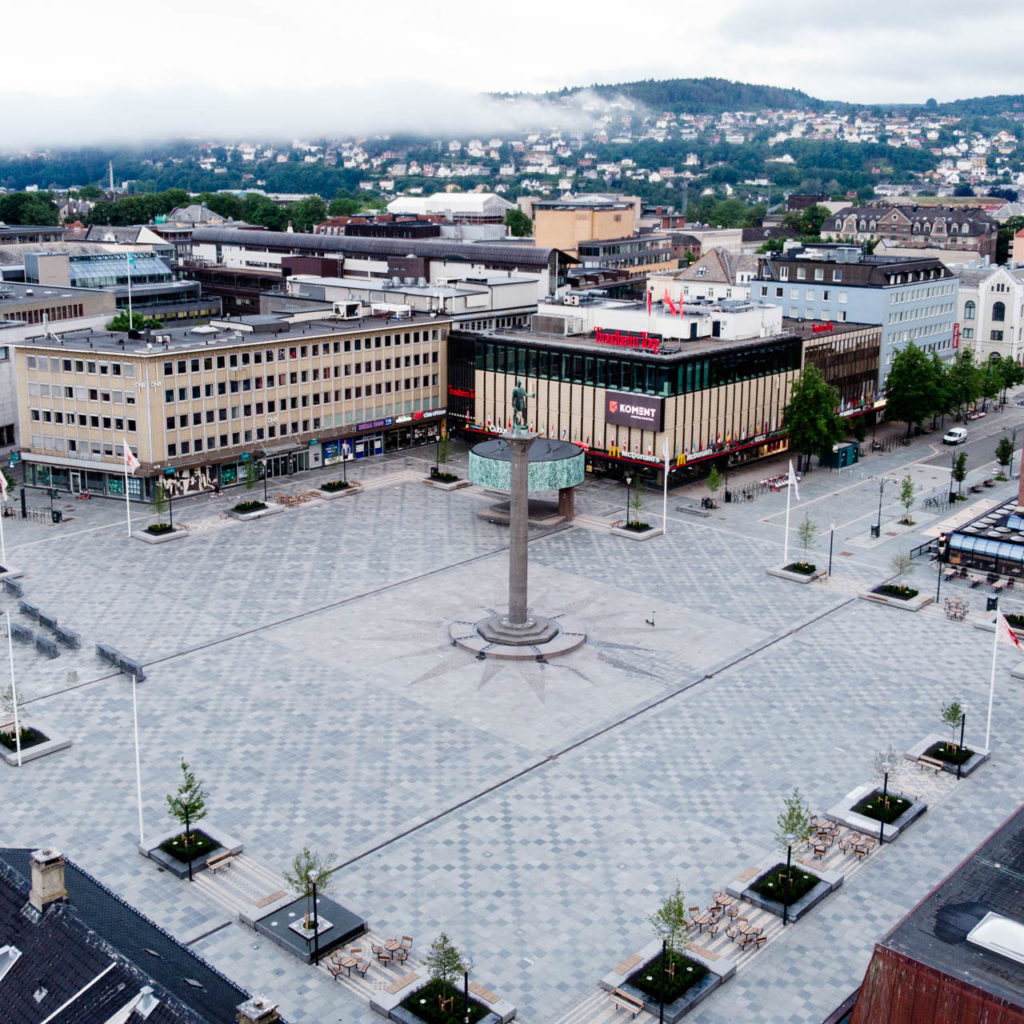
The combination of art and sustainability is also why Offerdal slate was chosen as the paving for Torvet, the main square in Trondheim, Norway. The slate forms a pattern inspired by local patterning tradition and was designed by the artist Edith Lundebrekke.
A main square should be a vibrant and pulsating urban space and requires strong materials! Østersund Square in Sweden, paved with Offerdal slate, is used for everything from markets and concerts to sledging and skiing.
